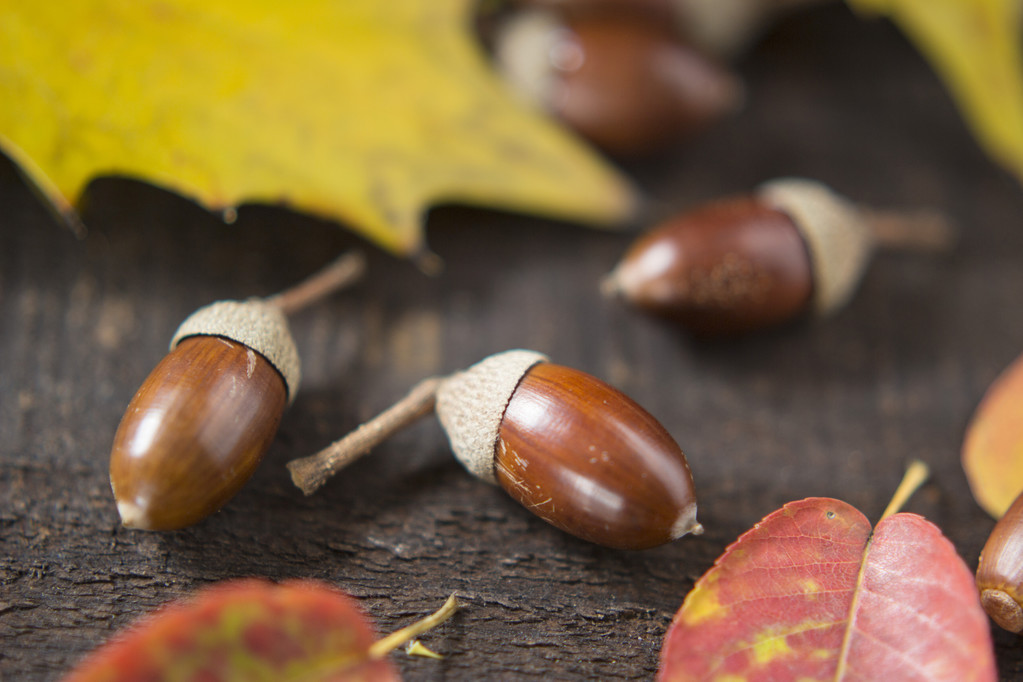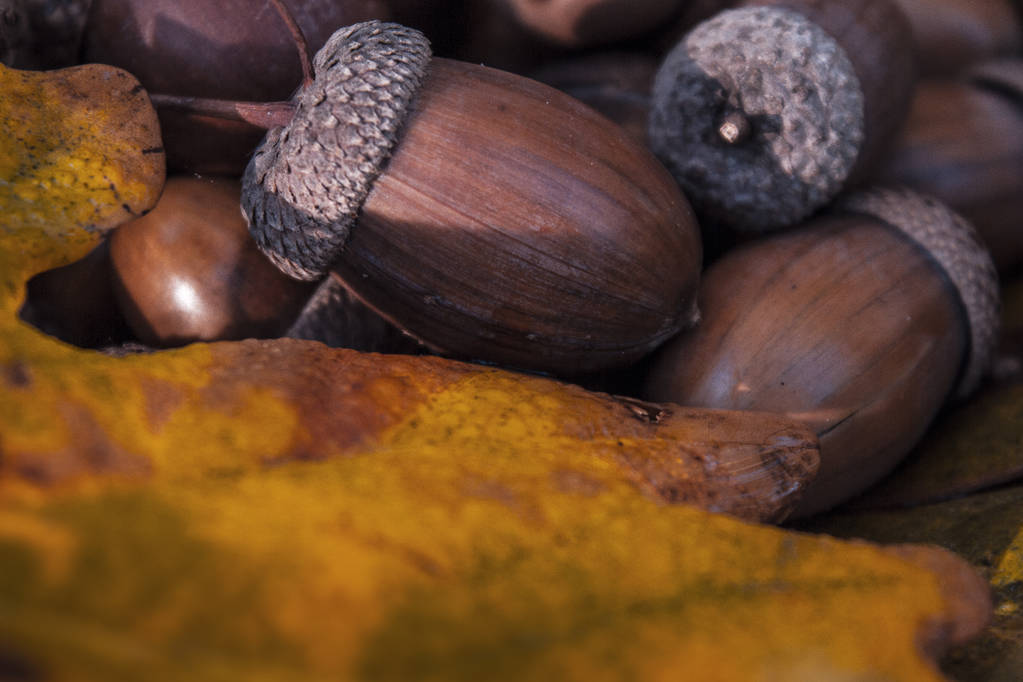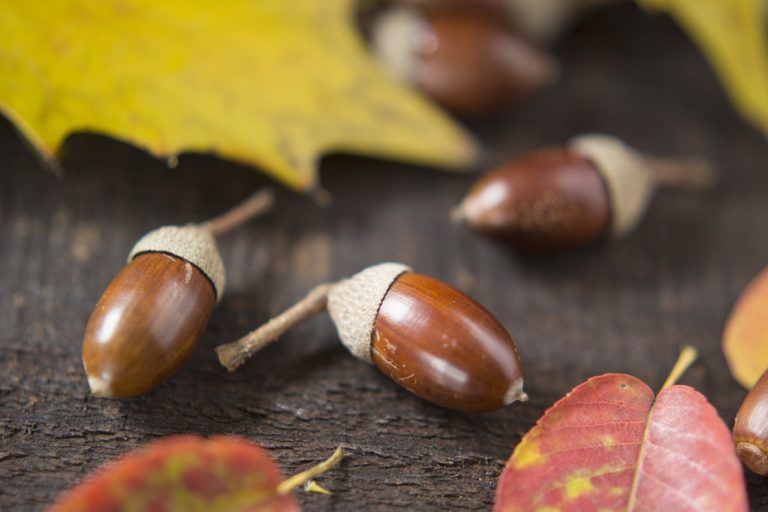“Can you eat acorns?” – this is the question many people ask themselves during an autumn walk in the forest. In fact, although poisonous when raw, you can also prepare acorns to make them edible. We explain how.
The fruits of the oak are popular for autumnal decorations. But almost every child has asked if you can actually eat acorns. Most people think acorns are poisonous, and they are, at least in their raw state. Especially in the post-war period, acorns were not only used to bake bread, but also to brew decaffeinated coffee substitutes.

Can you eat acorns? Yes, but not raw!
Acorns can come up with excellent ingredients, as reported by the Federal Center for Nutrition (BZfE): 100 grams of acorns contain around 40 grams of carbohydrates, six grams of protein and 24 grams of fat. The fats are predominantly in the form of unsaturated fatty acids, which are considered to be beneficial to health. Acorns are also rich in B vitamins. 100 grams of acorns provide about 390 calories.
In addition to all the healthy ingredients, acorns also contain the vegetable tannins in high concentrations of tannins. Because of this, the raw fruits taste bitter and are not easily digestible: large amounts of acorns can lead to severe gastrointestinal problems. That’s why you should never eat acorns in raw form!
However, since tannin is water-soluble, you can rinse out the vegetable tannins and thus make acorns edible. We explain exactly how this works in the next section.
By the way: tannins are not considered unhealthy per se. Health-promoting effects are also ascribed to them in certain quantities. Some tannins even exhibit anti-cancer properties.
Making acorns edible: instructions
So, to enjoy acorns, you need to flush out the vegetable tannins. To do this, you have to wash the fruit in water for a day or two:
Collect only ripe, undamaged acorns. Tip: Let the collected acorns dry for a day or two, then you can peel them more easily in the next step.
Break open the hard shell of the acorns. The easiest way to do this is with a nutcracker. Tip: If you don’t have a nutcracker at hand, you can crack nuts in different ways.
Remove the brown seed skin around the core.
Place the seeds in a bowl of water. The tannins are dissolved in the water over the next few hours and days. You can tell by the fact that the water turns brown-yellowish.
Change the water about every twelve hours, but at least once a day.
After a day or two, all tannins should be dissolved. If this is the case, the water will remain clear even after several hours. Then the acorns are edible.
Use and eat acorns: ideas and possibilities
You can process the now rinsed acorns as follows:
On the one hand you can puree the soaked acorns directly into a paste. You can either use them immediately or freeze them in the freezer.
The more common variant is to dry the acorns first: put the acorns in a dry, airy place – for example on a grid or a kitchen towel. Leave them there for a day or two until they are completely dry. Alternatively, you can dry the acorns in the dehydrator or in the oven.
You can use and prepare the dried acorns in a variety of ways in the kitchen:
Chop or cut the acorns into chunks, then roast them in a pan without fat. With a little salt, they’re such a delicious, nutritious snack.
You can also grind the roasted acorns and use them as a decaffeinated coffee substitute, among other things.
Without roasting the acorns beforehand, you can also process them into flour: To do this, you have to grind the dry acorns too finely, for example in a blender or coffee grinder.
You can then use the acorn flour in many ways – for example in cakes, cookies, biscuits or bread. By the way: Oaks used to be called “bread trees”, so common was their use as bread flour.
You can also cut the acorns into pieces and use them in soups or stews. Chopped into smaller pieces, you can also use them to fill a vegetarian cabbage roll.
Alternatively, you can roast the acorns whole – in a pan or on the grill. Prepared in this way, they are eaten like chestnuts in Spain, among other places.

